Wild Flowers - Yellow
There are many yellow flowers and those shown here are some of the more common and easier to identify of those that can be found in the Countryside Park.
Ragwort
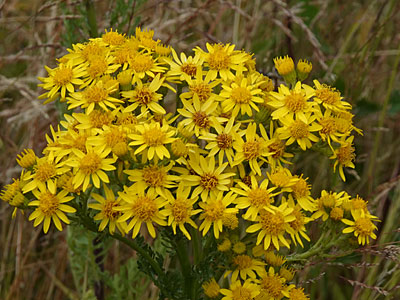
This plant flowers from June until November and is the foodplant for the cinnabar moth. Poisonous to animals although they will avoid eating living plants.
Birds-foot Trefoil

The red buds turn yellow as the flower opens and the resulting fruits are slender pods which resemble a birds foot. Flowers from May until September.
Black Medick
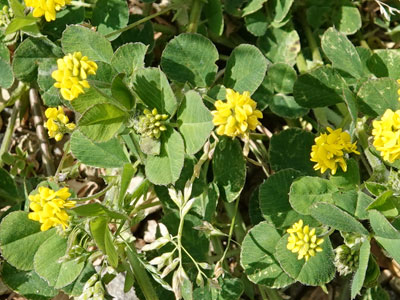
A low-growing plant with small flowers in dense spherical heads from April until October. The fruits are black when ripe.
Silverweed
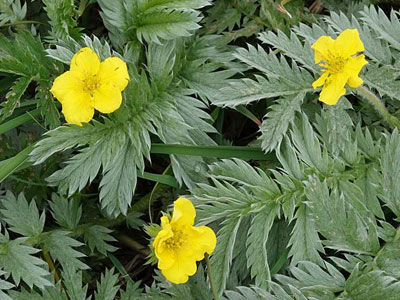
A low-growing plant with silvery leaves which produces yellow flowers from May until August.
Buttercup
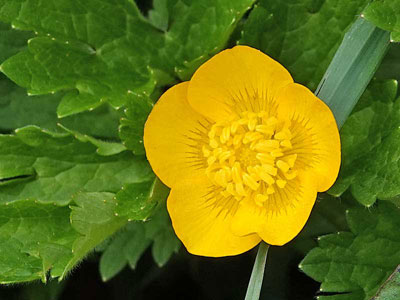
Meadow Buttercup and Creeping Buttercup are the two most common of several species and can be found from April until October.
Wood Avens
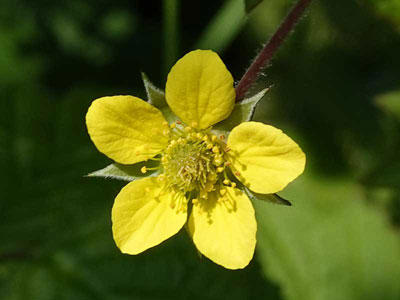
A distinctive plant which flowers from May until August and produces a bur-like fruit which has hooked spines.
Dandelion

Growing in a wide variety of grassy places they flower from March until October and produce the familiar Dandelion clocks when they seed.
Lesser Celandine
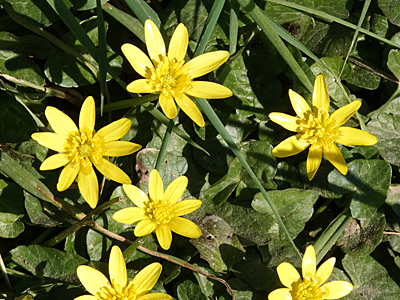
Flowers from March until May in hedgerows and open woodland (eg Combe Wood) where it often forms a carpet of yellow.
Agrimony
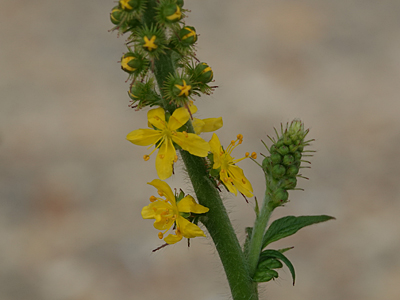
This upright plant of hedgerows and grassy places flowers from June untiul August and produces bur-like fruits.
Groundsel
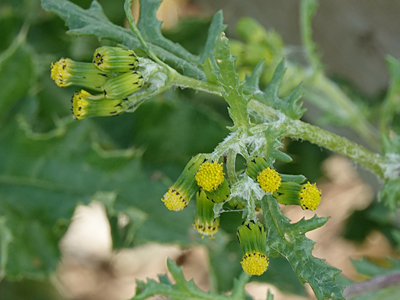
The flowers have yellow disc florets but no petals and are produced throughout the year. It grows on any disturbed land.
Pineapple Mayweed
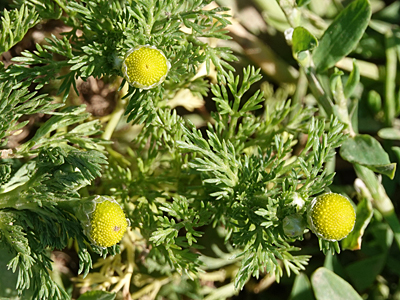
Another plant with no petals, it flowers from May until November. Very low growing, often along footpaths where it survives being walked on.
Gorse
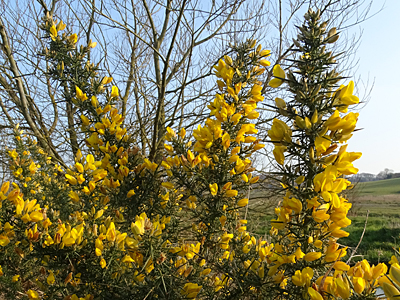
A spiney evergreen shrub which is common along many paths in the Park where it flowers all year, especially in tyhe Spring.
Tutsan
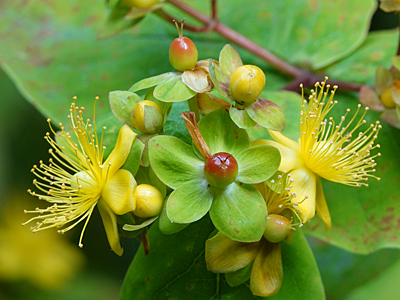
A semi-evergreen shrub found along the old railway track and other shady places. Flowering between June and August the yellow berries turn through red to black.
Yellow Loosestrife
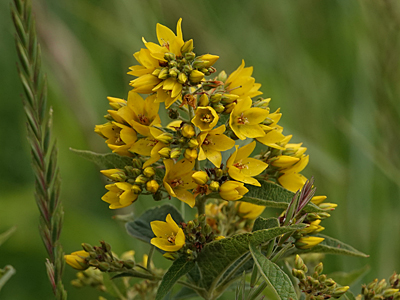
A tall wetland plant that grows well on the flood meadows and flowers between June and August.
Common Toadflax
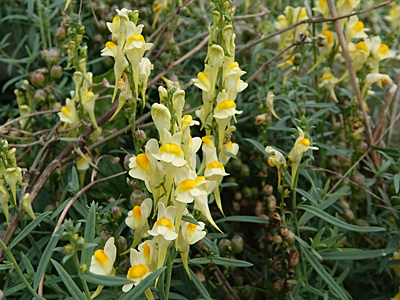
A plant that grows on dry, grassy places and produces its yellow flowers with long spurs between June and September.
Yellow Archangel
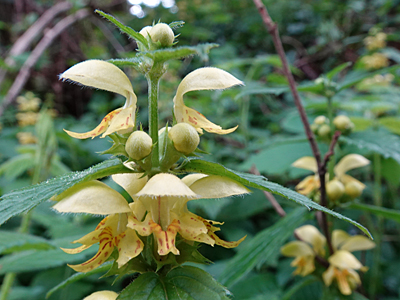
Patches of this can be found along woodland rides and in hedgerows. It flowers between April and June.
Primrose
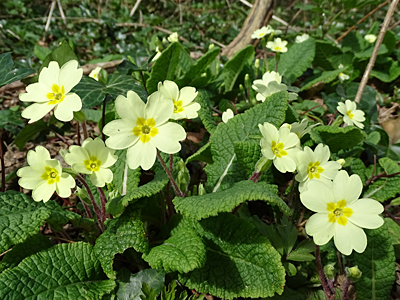
A familiar early spring plant which flowers from February until May in woods and hedgerows.
More Information
The Botanical Society of Britain & Ireland has a page with links to books, websites and downloadable files to help you identify wild plants.
A useful free guide was produced by the National Plant Monitoring Scheme.
A useful book is “Collins complete guide to British Wild Flowers”.
Photos on this page by Peter Hunnisett

